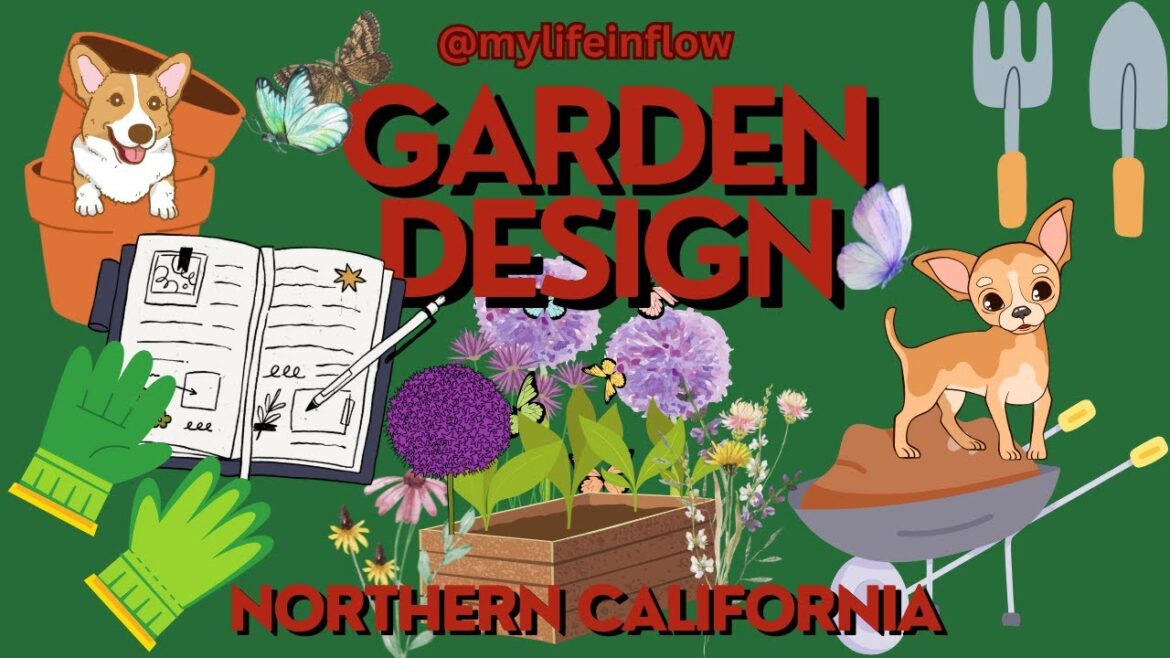How to Plan Your Garden on Paper!
Botanical Interests my favorite seed co:
https://shareasale.com/r.cfm?b=250954&u=1583423&m=28945&urllink=&afftrack=
Need help??? NO PROBLEM:
—Email me pictures of your plot (to ruma@mylifeinflow.com) I am happy to walk you through some fun ideas, starting with some foundational planting, areas where hardscaping is needed, and general landscape design ideas! We can also jump on a zoom call and you can “walk” me through your garden in real time! Let’s do this!
Designing a garden on paper before you start planting allows you to be intentional about how you want your space to look and function. A well-thought-out plan will help you create a garden that reflects your personal style and meets your needs, whether you want a peaceful retreat, a productive vegetable garden, or a vibrant space for entertaining. I suggest having a nice stroll through your garden-to-be and imagine all the elements that you love and have seen on garden shows or in magazines! once you’re ready you can start sketching on paper and let Joy begin!
Step 1: Define Your Garden’s Purpose
Before sketching, consider how you want your garden to serve you. Ask yourself:
Do you want a peaceful, meditative space?
Are you growing vegetables, herbs, or flowers?
Will it be a space for entertaining guests?
Do you want a habitat for pollinators or wildlife?
Is it primarily for children or pets to enjoy?
Your answers will shape your design, helping you determine plant selection, layout, and features.
Step 2: Choose Your Garden Style
Garden styles influence the overall feel of your space. I sometimes choose elements from many different garden styles. Here are a few popular options:
Formal Garden: Structured layouts, geometric shapes, symmetrical designs, trimmed hedges, and classical elements like fountains and statues.
Cottage Garden: Overflowing with colorful flowers, a mix of textures, informal pathways, and a romantic, whimsical feel.
Japanese Garden: Minimalist design with natural elements, stones, water features, and a calming, meditative layout.
Modern Garden: Clean lines, bold plant groupings, contemporary materials, and a minimalist approach.
Wildlife Garden: Focuses on native plants, wildflowers, birdhouses, and pollinator-friendly elements.
Edible Garden: Incorporates fruit trees, raised vegetable beds, and herbs in both functional and decorative ways.
Step 3: Sketch the Layout
Using graph paper, your journal, or a digital tool, map out your space. Consider:
Paths and Walkways: Define movement through your garden. Curved paths create a relaxed feel, while straight paths feel more structured.
Symmetry vs. Asymmetry: Symmetrical designs give a balanced, formal look, while asymmetry creates a natural, organic flow.
Focal Points: Choose one or more—such as a statue, fountain, archway, or tree—to draw the eye.
Zoning: Separate areas for different purposes, such as seating, planting beds, or water features.
Step 4: Incorporate Key Elements
Water Features: A small pond, fountain, or birdbath can add tranquility and attract wildlife.
Archways & Trellises: These can define entry points, support climbing plants, and add vertical interest.
Outdoor Furniture: Seating areas, pergolas, and dining spaces should be positioned for both function and beauty.
Lighting: Consider solar or string lights to extend the use of your garden into the evening.
Step 5: Finalize and Plan for Growth
Select Plants Wisely: Consider bloom times, color schemes, and plant heights.
Think About Seasonal Changes: Ensure your garden has year-round interest.
Leave Room for Expansion: Plants grow! Plan with future size in mind.
By starting with a solid plan on paper, you’ll create a garden that is both beautiful and functional. Happy gardening! 🌿✨
Home Organization, Gardening and Travel
Instagram: https://www.instagram.com/dmbanddancingtees/
#garden #homeorganization #gardener #childrensbookauthor #voiceover #podcast #foodie #california #travel #relaxation #SimplifyYourHome #decluttertips #minimalistliving


1 Comment
I could not understand why those two trees needed cutting. They are not close to your home and probably would not interfere with your foundation. 🤔